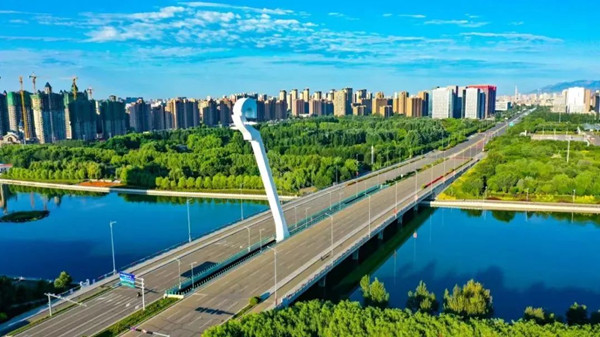Economic indicators show growth trend in Hohhot in Jan-July


Hohhot in Inner Mongolia autonomous region. [Photo provided to chinadaily.com.cn]
The economic indicators in Hohhot, the capital of North China's Inner Mongolia autonomous region, have shown a stable and positive trend in the first seven months of the year.
The city's industrial value-added output increased by 20 percent compared to the same period last year. The food manufacturing industry experienced a growth rate of 31.8 percent, with dairy production up 20.2 percent.
The petroleum, coal, and other fuel-processing industries recorded significant growth of 39.1 percent, and saw the completion and operation of mega chemical projects such as Jiutai's 1-million-metric-ton coal-to-ethylene glycol plant and Xuyang's 3-million-ton coking and hydrogen production facility.
Major projects have reached critical construction stages, leading to a 40.1 percent year-on-year increase in fixed asset investment in the city from January to July.
The city's urban support capacity has also improved significantly. This year, Hohhot has been actively promoting the construction of major infrastructure projects, including in the fields of energy, transportation, and new types of infrastructure.
The Datang Qingshuihe Wanjiazhai complementary wind and water project is progressing smoothly, the construction of the new airport is accelerating, and the China Bank Head Office Data Center project is steadily advancing.
The development of Hohhot's economy showcases the city's commitment to sustainable growth and progress. The completion of these projects and the increase in investment highlight the city's determination to enhance its overall infrastructure and support sectors.
With continuous efforts made to improve various industries and infrastructure, Hohhot is positioning itself as a hub of economic development and a center for innovation in the region.







